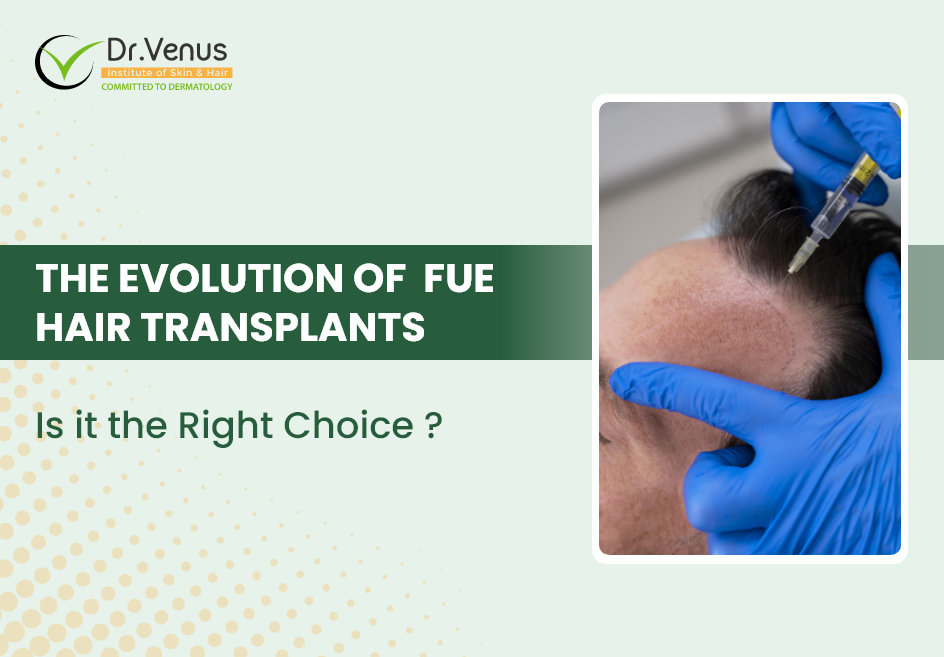In recent years, the field of hair transplantation has witnessed remarkable advancements, offering individuals effective solutions to combat hair loss. Hair loss can profoundly impact one’s self-confidence and overall well-being, prompting many to explore the option of hair transplantation. Follicular Unit Extraction (FUE) is becoming a widely used procedure among the others. As we step into 2024, it’s crucial to evaluate whether opting for an FUE hair transplant procedure is the right choice for those seeking a permanent solution to hair loss.
Understanding Hair Transplants:
Since it was first introduced, hair transplantation has advanced significantly. The primary goal of these procedures is to redistribute healthy hair follicles from one part of the scalp (typically the back or sides) to areas experiencing hair thinning or baldness. This redistribution allows for the growth of new, healthy hair in the targeted areas.
Understanding FUE:
FUE or or Follicular Unit Extraction is a minimally invasive hair transplant technique that has gained popularity in recent years. Unlike traditional strip harvesting methods, FUE involves extracting individual hair follicles directly from donor areas, typically located at the back and sides of the head. These follicles are then meticulously implanted into areas experiencing hair thinning or baldness, promoting a natural-looking regrowth.
Reasons to Consider FUE in 2024:
Natural Results:
FUE’s ability to extract individual follicular units allows for a more natural-looking outcome. The Trichologist can strategically place the grafts in a way that mimics the natural growth pattern, ensuring a perfect blend with the existing hair. FUE allows for personalized treatment plans, catering to individual needs and desired density for a natural appearance.
Minimally Invasive:
FUE is a minimally invasive procedure, making it an attractive option for those who prefer less discomfort and a quicker recovery. FUE boasts quicker healing times, minimizing disruption to your daily routine. With no linear incision required, patients experience minimal scarring, allowing them to return to their daily activities sooner.
Versatility:
FUE is versatile in terms of the types of hair it can transplant. Whether you are looking to restore your hairline, fill in thinning areas, or cover scars from previous procedures, FUE can meet your specific needs with customised hair transplantation treatment.
Minimal Scarring:
The micro incisions used in FUE for extraction and implantation leave minimal scarring, often undetectable even with short hairstyles.
Advanced Technology:
Ongoing advancements in robotics and automation enhance precision and efficiency, leading to better results and faster recovery times. State-of-the-art equipment and techniques ensure precision during graft extraction and placement, contributing to better results and a more comfortable experience for the patient.
Factors to Consider Before Opting for FUE:
Cost:
FUE procedures can be more expensive compared to traditional methods due to the time and meticulous grafting done. It’s essential to weigh the cost against the long-term benefits and the desire for a minimally invasive approach.
Expertise:
The success of any hair transplant procedure depends heavily on the trichologist’s experience. Ensure that you choose a qualified and experienced dermatologists and trichologist at Dr.Venus skin and hair clinic with a track record of successful FUE procedures.
Realistic Expectations:
While FUE can provide excellent results, it’s crucial to have realistic expectations. Hair transplantation is not a one-size-fits-all solution, and individual results may vary.
Maintenance:
Transplanted hair requires ongoing care, including regular washing and proper styling.
Who is a Good Candidate for FUE?
Ideal candidates for FUE generally have:
-
- Stable hair loss pattern
- Good quality donor hair in the back and sides of the scalp
- Realistic expectations and understanding of the procedure
- Overall good health and no major medical conditions
Alternatives to FUE:
While FUE is popular, other hair transplant options exist, each with its own advantages and disadvantages:
FUT (Follicular Unit Transplantation):
The traditional strip harvesting method, generally lower in cost but leaves a linear scar.
DHI (Direct Hair Implantation):
Similar to FUE but implants directly into recipient sites, minimizing handling time and potentially improving hair survival.
PRP (Platelet-Rich Plasma) Therapy:
Injections of your own platelets stimulate hair growth and are often used in conjunction with hair transplants.
Conclusion:
FUE stands out as the leading choice for effective and natural-looking hair transplantation. Dr. Venus Skin and Hair Clinic, guided by board-certified experts, is here to be your trusted companion on this transformative journey. Our experienced dermatologists and trichologists offer personalised consultations for your unique needs. Explore your options, engage with our best skin and hair specialists, and make an informed decision.
Embark on your hair restoration journey with assurance – contact Dr. Venus Skin and Hair Clinic today. Your customised solution is ready and waiting for you.
